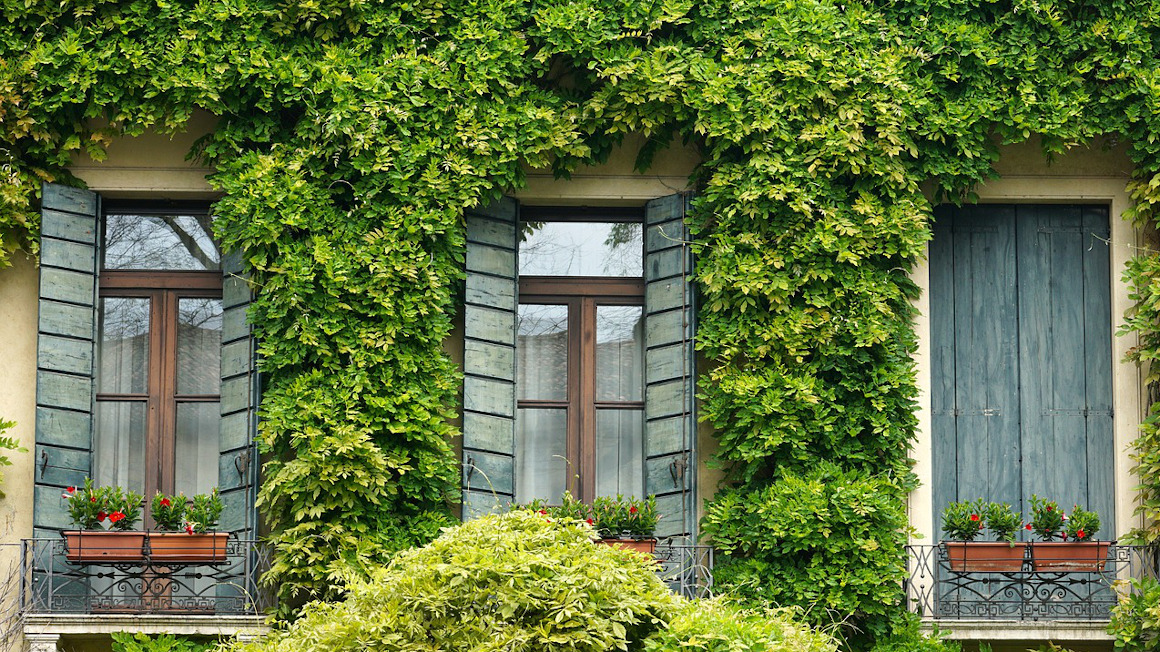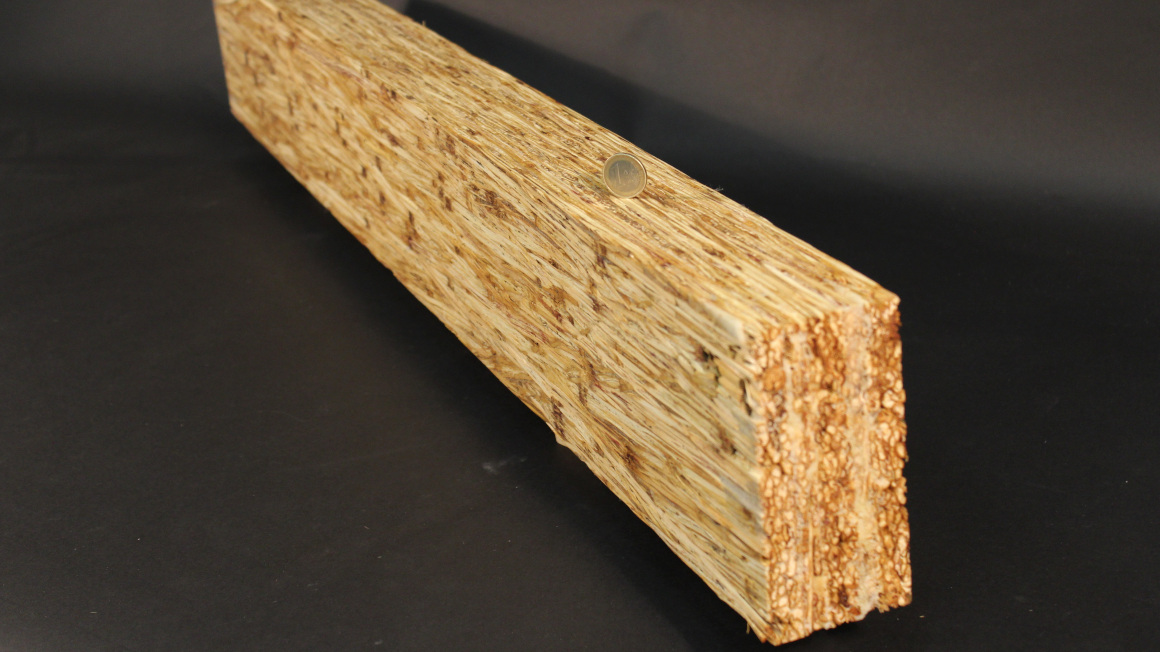Protect house facades with algae biofilms
Researchers in Berlin want to use a novel biofilm made of algae to protect buildings from overheating and thus ensure a better urban climate.

According to weather experts, the summer of 2022 was the hottest since weather records began. Temperatures above 30 degrees have long been normal in Germany, and even heat records of over 40 degrees Celsius are more frequent. Especially in densely built-up cities, heat and air pollution are increasingly becoming a problem for people. Studies have shown that green spaces, but also watering holes or greened house facades, can improve the urban climate. The bioeconomy can contribute to improving air quality and the climate in large cities, as researchers at the Federal Institute for Materials Research and Testing (BAM) demonstrated.
Algae biofilms for concrete elements
In the AbifFa joint project, a team led by Julia von Werder works with partners to develop new types of concrete facade elements that are covered with an algal biofilm all year round. The project involves a concrete substrate that enables the establishment of a large-scale biofilm on facades. "Instead of combating unwanted algae growth with biocides, we want to consciously design the urban habitat and use large-area biofilms to make a targeted contribution to reducing air pollutants and dampening inner-city overheating," says Julia von Werder, an expert in mineral building materials who is leading the project at BAM. The three-year project is funded by the German Federal Ministry of Housing, Urban Development and Building until 2024 as part of the "Zukunft Bau" program.
High efficiency in air purification
According to the researchers, the advantage of algae biofilms compared to green house facades with ivy, wild vines or mosses is that they require less maintenance and are more efficient at cleaning the air due to their special surface structure. In addition, the coating is not only visually appealing, but also cost-effective and fully recyclable. It could be used both in new buildings and in the renovation of old ones.
Alternative to conventional facade greening
With the algae biofilm facade, the team not only wants to create an alternative to conventional facade greening, but also contribute to the elimination of air pollutants in inner-city areas. In addition, the team expects that this new type of facade greening will improve biodiversity and dampen the so-called heat island effect in large cities.
As part of the project, the BAM researchers want to optimize the formulation of the concrete, the porosity and the texture of the surface for good algae colonization and improve the biofilms by specifically selecting different algae species. The Berlin biotech start-up Solaga will provide the special microalgae biofilms as a project partner, Beton-und-Naturstein-Babelsberg GmbH from Potsdam will produce prototypes of the innovative facade elements, and the TU Dresden will subsequently carry out the aesthetic evaluation of the new facade panel.
bb


